Little Talbot Island State Park
Rate this placeLast Updated: December 27, 2025
Little Talbot Island State Park is located on the northeastern coast of Florida and is a popular destination for outdoor enthusiasts.
°F
°F
mph
Wind
%
Humidity
Summary
The park covers over 2,500 acres of undeveloped beaches, sand dunes, and maritime forests.
One of the main reasons to visit Little Talbot Island State Park is to enjoy the natural beauty of its beaches and forests. The park has five miles of pristine beachfront that visitors can swim, fish, sunbathe, or go beachcombing. The park's nature trails are perfect for hiking, biking, and wildlife watching. There are also opportunities for kayaking, canoeing, and boating in the tidal creeks and salt marshes.
Some of the specific points of interest to see at Little Talbot Island State Park include the Boneyard Beach, which is a unique shoreline covered in driftwood, and the Bluffs, which offer sweeping views of the surrounding landscape. Visitors can also explore the park's historic sites, including the remains of the Timucuan Native American village and the remains of the Little Talbot Island Railroad.
Interesting facts about the area include that Little Talbot Island State Park is part of the Timucuan Ecological and Historic Preserve, which covers over 46,000 acres of protected land in northeastern Florida. The park is also home to a variety of wildlife, including sea turtles, shorebirds, and gopher tortoises.
The best time of year to visit Little Talbot Island State Park is in the spring or fall when the weather is mild, and the crowds are smaller. Summer can be hot and humid, and the park can get crowded during peak season. Winter is also a good time to visit, as temperatures are mild, but visitors should be aware that the water can be too cold for swimming.
Weather Forecast
Park & Land Designation Reference
Large protected natural areas managed by the federal government to preserve significant landscapes, ecosystems, and cultural resources; recreation is allowed but conservation is the priority.
State Park
Public natural or recreational areas managed by a state government, typically smaller than national parks and focused on regional natural features, recreation, and education.
Local Park
Community-level parks managed by cities or counties, emphasizing recreation, playgrounds, sports, and green space close to populated areas.
Wilderness Area
The highest level of land protection in the U.S.; designated areas where nature is left essentially untouched, with no roads, structures, or motorized access permitted.
National Recreation Area
Areas set aside primarily for outdoor recreation (boating, hiking, fishing), often around reservoirs, rivers, or scenic landscapes; may allow more development.
National Conservation Area (BLM)
BLM-managed areas with special ecological, cultural, or scientific value; more protection than typical BLM land but less strict than Wilderness Areas.
State Forest
State-managed forests focused on habitat, watershed, recreation, and sustainable timber harvest.
National Forest
Federally managed lands focused on multiple use—recreation, wildlife habitat, watershed protection, and resource extraction (like timber)—unlike the stricter protections of national parks.
Wilderness
A protected area set aside to conserve specific resources—such as wildlife, habitats, or scientific features—with regulations varying widely depending on the managing agency and purpose.
Bureau of Land Management (BLM) Land
Vast federal lands managed for mixed use—recreation, grazing, mining, conservation—with fewer restrictions than national parks or forests.
Related References
Area Campgrounds
| Location | Reservations | Toilets |
|---|---|---|
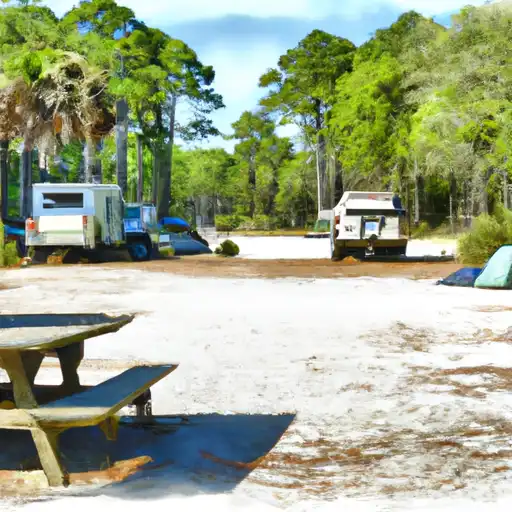 Huguenot City Park
Huguenot City Park
|
||
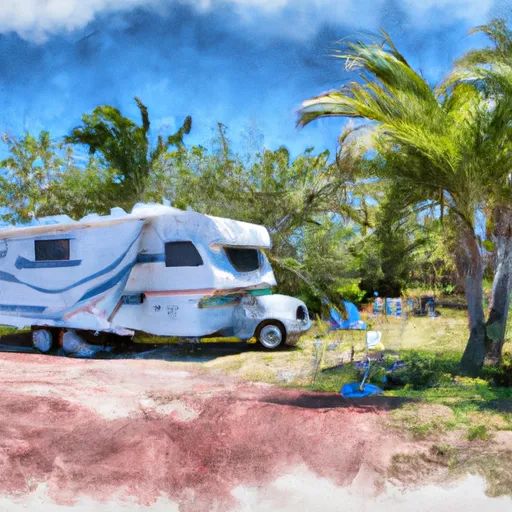 Pelican Roost RV Military - Mayport NS
Pelican Roost RV Military - Mayport NS
|
||
 Hanna City Park
Hanna City Park
|
||
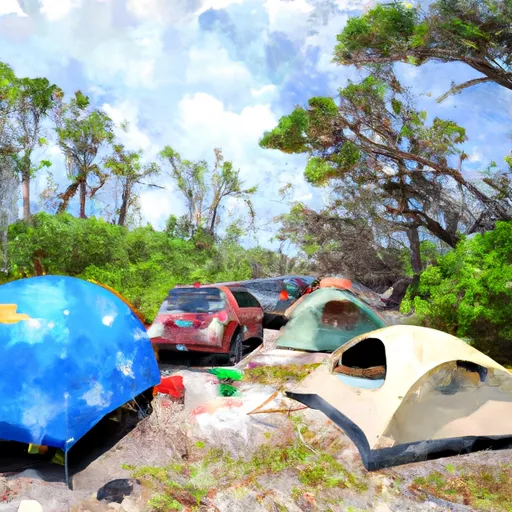 Little Talbot Island State Park
Little Talbot Island State Park
|
||
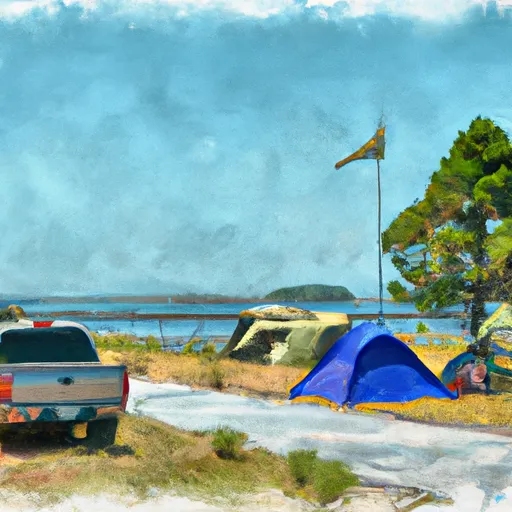 Osprey Cove Military - Mayport NS
Osprey Cove Military - Mayport NS
|

 Muncillia House
Muncillia House
 Fort George Island Cultural State Park
Fort George Island Cultural State Park
 Huguenot Memorial Park
Huguenot Memorial Park
 Aquatic Preserve Nassau River - St. Johns River Marshes
Aquatic Preserve Nassau River - St. Johns River Marshes
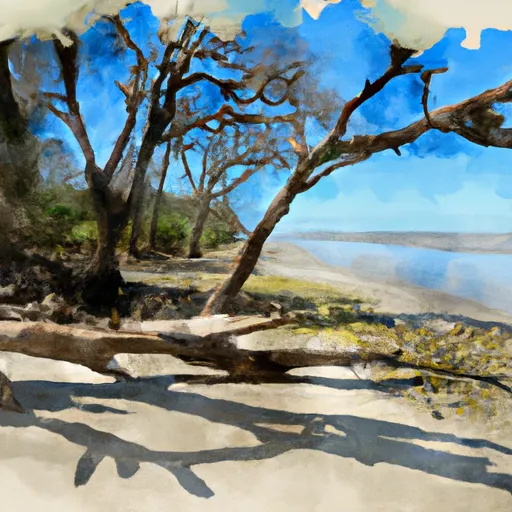 Big Talbot Island State Park
Big Talbot Island State Park